15 years one-stop China custom CNC machining parts factory
 215 |
Published by VMT at Sep 21 2024
215 |
Published by VMT at Sep 21 2024
In the world of modern manufacturing, optical precision machined parts are critical components in industries that rely on high-performance optics, such as aerospace, medical devices, communications, and imaging technologies. These parts are used in devices like microscopes, cameras, laser systems, and other precision instruments, where the slightest deviation can result in significant performance issues. As such, the demand for optical precision machining parts has grown in line with advancements in technology, pushing the boundaries of precision and quality.
Optical precision machining utilizes advanced CNC machining technology to produce components with exceptional accuracy and surface quality. These parts must meet stringent requirements in terms of dimensional tolerance, surface finish, and optical clarity. CNC machining services, especially those specializing in optical components, use ultra-precise methods to achieve the high standards required by industries that depend on perfect optical performance.
This article will explore the basics of optical precision machined parts, the manufacturing methods involved, and the processes that ensure the production of high-quality optical components. We will also cover the key considerations when choosing a service provider and the various applications of these precision parts.
Manufacturing optical components demands a higher level of precision than most other types of machining. Optical parts must not only meet tight tolerances but also exhibit excellent surface finishes that allow light to pass through or reflect without distortion. The two primary methods used for optical precision machining are turning and milling, often with single-point diamond tools and fly-cutting techniques.
Turning Optical Components with Single-Point Diamond Tools
Single-point diamond turning (SPDT) is a common method used for fabricating optical surfaces with extreme precision. This technique uses a diamond-tipped tool to cut and shape materials, such as glass or optical-grade polymers, into the desired form. Diamond is the preferred material for cutting due to its hardness and ability to produce ultra-smooth surfaces.
SPDT is often used to create optical lenses, mirrors, and other components that require a high degree of precision. The process is capable of achieving surface finishes as fine as Ra 1 nm and tolerances in the sub-micron range, making it ideal for the production of high-performance optical parts. CNC precision machining plays a key role in automating this process, ensuring repeatability and consistency across large production runs.
Milling and Fly-Cutting Optical Components
In addition to turning, milling and fly-cutting are also used for creating complex optical surfaces. Fly-cutting, in particular, is a technique where a single-point cutting tool moves across the surface of the material, creating a smooth finish. This method is effective for producing large, flat optical surfaces with exceptional accuracy. CNC milling machines, especially multi-axis variants, are essential in these operations, allowing for the machining of complex geometries, such as aspherical lenses or free-form optical surfaces.
The combination of precise CNC machine control, cutting-edge tooling, and advanced software enables the production of optical components that meet the demanding specifications required in industries like aerospace, medical devices, and telecommunications.
CNC machining plays a central role in the production of optical precision parts, offering a level of precision and control that manual methods simply cannot match. The process involves several key steps, each of which contributes to the final quality and accuracy of the optical components.
Design and CAD Modeling
The first step in the production of CNC precision optical components is creating a detailed design using CAD (Computer-Aided Design) software. This design includes the exact specifications of the optical part, such as dimensions, surface curvature, and tolerances. The precision of the CAD model is critical since it serves as the blueprint for the entire machining process.
CAD models allow engineers to visualize the final product and identify any potential issues before machining begins. This step is particularly important for custom CNC machining projects, where each component must meet specific performance criteria.

CAM and CNC Programming
Once the design is finalized, it is transferred to CAM (Computer-Aided Manufacturing) software, which generates the toolpaths needed for CNC machining. The CAM software converts the CAD model into machine-readable code, guiding the CNC machine's movements during the machining process. This step ensures that the machine cuts and shapes the material with the precision required for optical components.
The programming of the CNC machine must account for various factors, including tool geometry, material properties, cutting speeds, and feed rates. These variables are critical for achieving the desired surface finish and dimensional accuracy.
CNC Machine Tool Settings
Setting up the CNC machine involves selecting the appropriate tools and configuring the machine for the specific material and component being produced. For optical precision machining, diamond tools are often used due to their hardness and ability to produce ultra-smooth surfaces. The machine settings, such as cutting speed, feed rate, and depth of cut, must be fine-tuned to ensure the highest level of precision.
In multi-axis CNC machining, the workpiece may need to be rotated and repositioned multiple times to achieve complex geometries. This capability is particularly useful for creating components like aspherical lenses and free-form optics.
CNC Machined Parts
Once the machine is set up, the actual machining process begins. The CNC machine follows the programmed toolpaths to cut, shape, and finish the optical component. Throughout the process, the machine operates with high precision, removing material in controlled increments to achieve the desired dimensions and surface finish.
CNC precision machining ensures that every part produced meets the exact specifications required for its application, whether it's a lens for a microscope or a mirror for a laser system. The ability to maintain tight tolerances is one of the key advantages of CNC machining in the production of optical components.
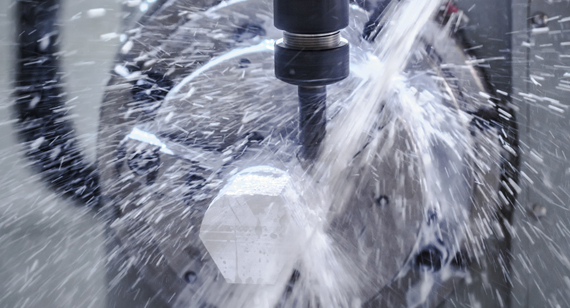
Post-Processing and Finishing
After machining, optical components often require post-processing to further enhance their surface quality and optical performance. This may include polishing, coating, or surface treatment to improve reflectivity, transparency, or resistance to wear and environmental factors.
For example, a mirror might undergo additional polishing to achieve a flawless reflective surface, while a lens might be coated with an anti-reflective layer to improve its optical properties. The post-processing stage is critical for ensuring that the finished part meets the required optical performance standards.
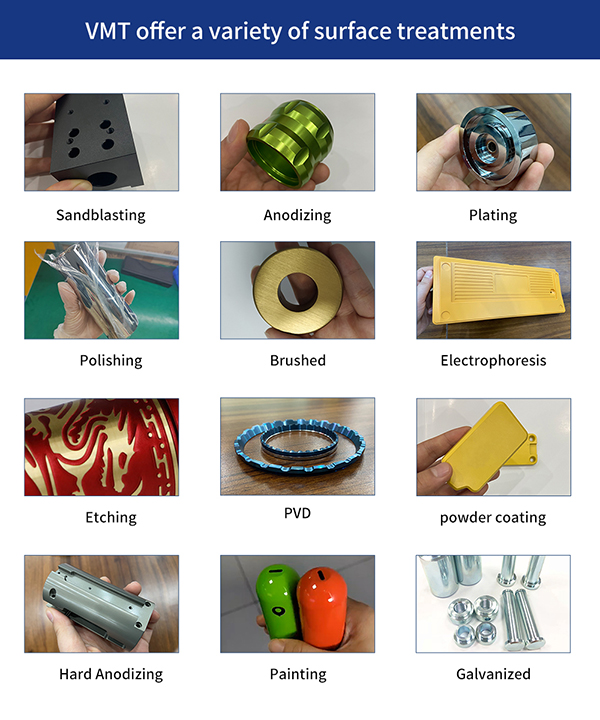
Testing and Quality Control
Testing and quality control are essential in the production of optical precision machined parts. Every component must be inspected for dimensional accuracy, surface finish, and optical clarity. This can involve using high-precision measurement tools, such as interferometers, profilometers, and optical microscopes, to ensure that the part meets the required specifications.
In addition to visual and dimensional checks, optical components may also undergo functional testing to ensure they perform as expected in their intended application. This level of quality control ensures that each part delivers reliable performance, whether it's used in a medical device, an aerospace application, or a scientific instrument.
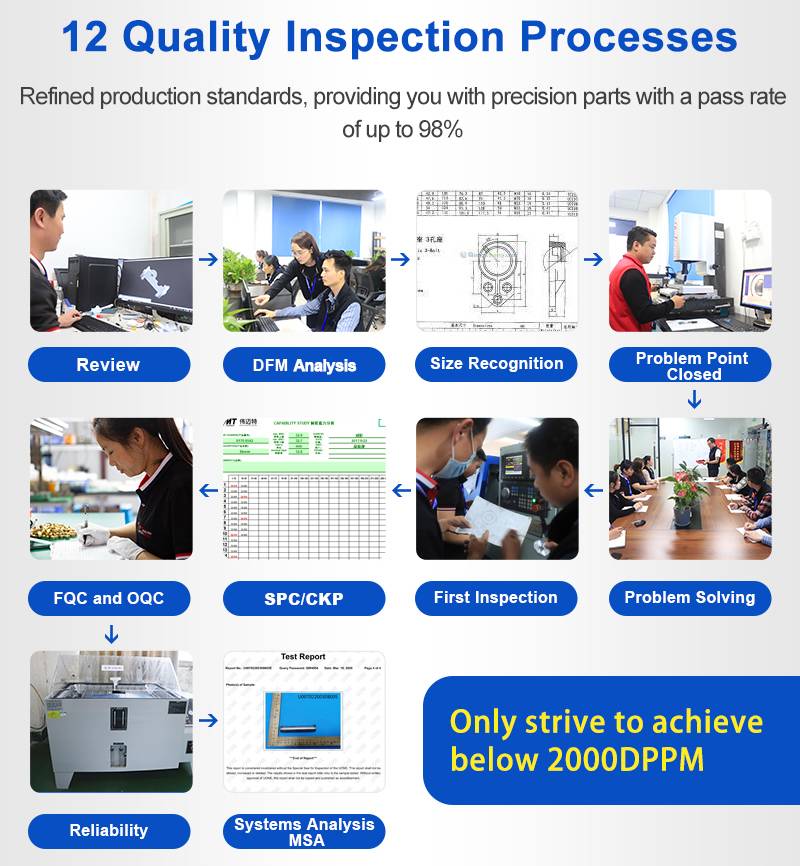
Mass Production
Once the design and manufacturing processes are validated, CNC machining can be scaled for mass production. The repeatability and consistency offered by CNC machines make it possible to produce large quantities of optical components without compromising on quality. Custom CNC machining services allow manufacturers to adjust production volumes according to demand, making it a flexible solution for both prototype and large-scale production runs.
CNC precision machining is used to manufacture a wide range of optical components, each with specific performance requirements.
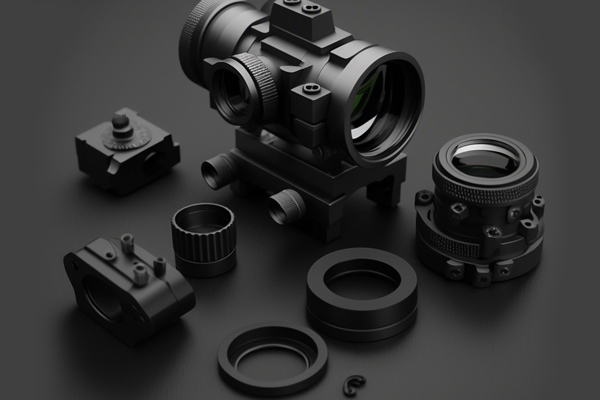
Lenses are one of the most common optical components produced through CNC precision machining. They are used in a variety of applications, including cameras, microscopes, telescopes, and laser systems. CNC machining allows for the production of lenses with complex shapes, such as aspherical or free-form surfaces, which are difficult to achieve with traditional machining methods.
Microscopes and Microscope Components
Optical precision machining is essential for producing components used in microscopes, including lenses, mirrors, and prisms. These parts must meet strict optical standards to ensure clear, accurate imaging at high magnifications.
Laser Components
Laser systems rely on precision optical components, such as mirrors and lenses, to focus and direct laser beams. CNC machining ensures that these components have the necessary surface quality and dimensional accuracy to perform effectively in high-energy applications.
Many industries require custom optical components designed for specific applications. CNC machining allows for the production of unique parts with tailored geometries, surface finishes, and material properties. Custom CNC machining services enable manufacturers to create components that meet the exact needs of their clients, whether it's for scientific research, medical devices, or industrial equipment.
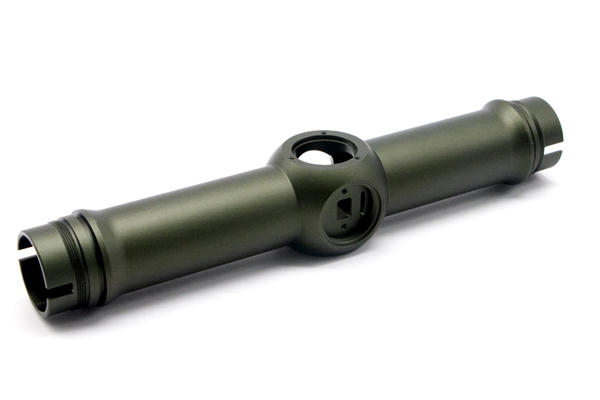
To ensure that optical precision machined parts meet the required standards, several testing methods are employed:
Interferometry: This technique measures surface flatness and wavefront errors using the interference of light waves.
Profilometry: A profilometer is used to measure the surface roughness and topography of optical components.
Optical Microscopy: This method allows for the inspection of small surface defects and irregularities that may affect optical performance.
Functional Testing: Optical components may be tested in their intended application to verify that they perform as required.
Precision machining, particularly in the field of optics, plays a critical role in modern technology. From medical devices that save lives to communication systems that connect the world, optical precision machining parts are at the heart of many innovations. The ability to produce components with exceptional accuracy and consistency has enabled advancements in fields such as aerospace, medicine, and electronics.
When selecting a service provider for optical precision machining, it's essential to consider the following factors:
Service Provider with Split Machining Solution Capabilities
A provider with split machining capabilities can handle both the initial rough machining and the final precision finishing, ensuring that parts meet the required specifications from start to finish.
5-Axis CNC Machining Capabilities
5-axis CNC machining is essential for producing complex optical components with tight tolerances and intricate geometries. Ensure that your provider has the necessary equipment and expertise to handle multi-axis machining.
Surface Quality
Surface Finish Reaches Ra 0.2 Microns, Surface Tolerance Value is ±0.025 mm, and Surface Quality is Excellent
The provider should be able to achieve the high surface finish and tolerance levels required for optical components. Look for providers that can deliver surface finishes as fine as Ra 0.2 microns and maintain tight tolerances of ±0.025 mm.
Optical precision machining is a highly specialized field that requires advanced technology, skilled expertise, and rigorous quality control. CNC machining plays a crucial role in the production of optical components, ensuring that they meet the demanding requirements of industries such as aerospace, medical, and telecommunications. By choosing the right service provider, manufacturers can ensure that their optical precision machined parts meet the highest standards of quality and performance.
What is optical precision?
Optical precision refers to the level of accuracy and surface quality required for components used in optical systems. These components must meet tight tolerances and have high-quality surface finishes to ensure proper optical performance.
What is the standard tolerance of machined parts?
For optical precision machined parts, tolerances typically range from ±0.001 mm to ±0.025 mm, depending on the specific application and material used.
How to choose the right material for optical precision machining parts?
The material choice depends on the optical performance required, environmental conditions, and mechanical properties. Common materials include optical glass, polymers, and metals like aluminum.
How to ensure the machining accuracy of optical precision machining parts?
Machining accuracy is ensured through the use of advanced CNC machines, precise tool settings, and thorough quality control processes such as interferometry and profilometry.
How to improve the surface quality of optical precision machining parts?
Surface quality can be improved through techniques like diamond turning, polishing, and applying specialized coatings to enhance reflectivity or transparency.
How to improve the machining efficiency of optical precision machining parts?
Efficiency can be improved by optimizing CNC programming, using high-performance tools, and employing multi-axis CNC machines to reduce setup times and machining steps.
How to effectively control the cost of optical precision machining parts?
Costs can be controlled by selecting the right material, optimizing toolpaths, reducing waste, and working with a service provider that offers cost-effective solutions for custom CNC machining projects.
